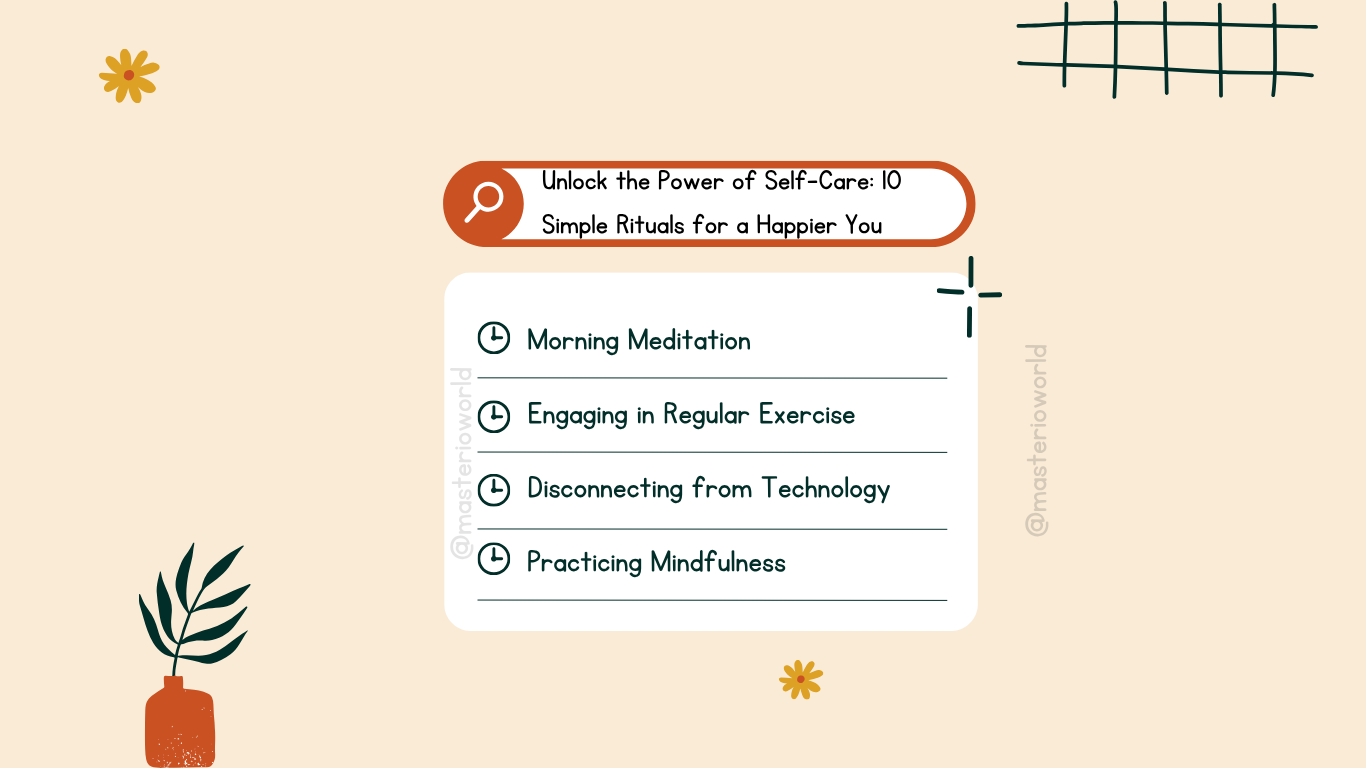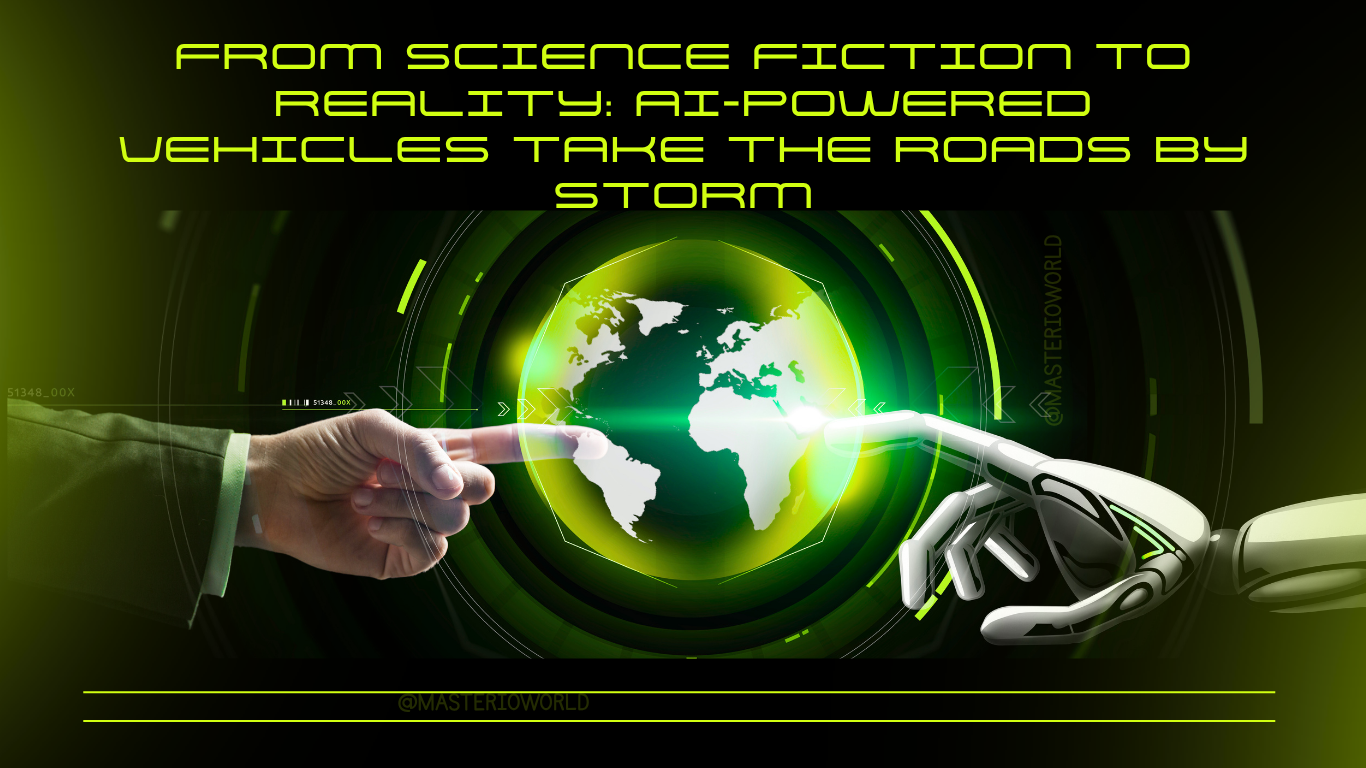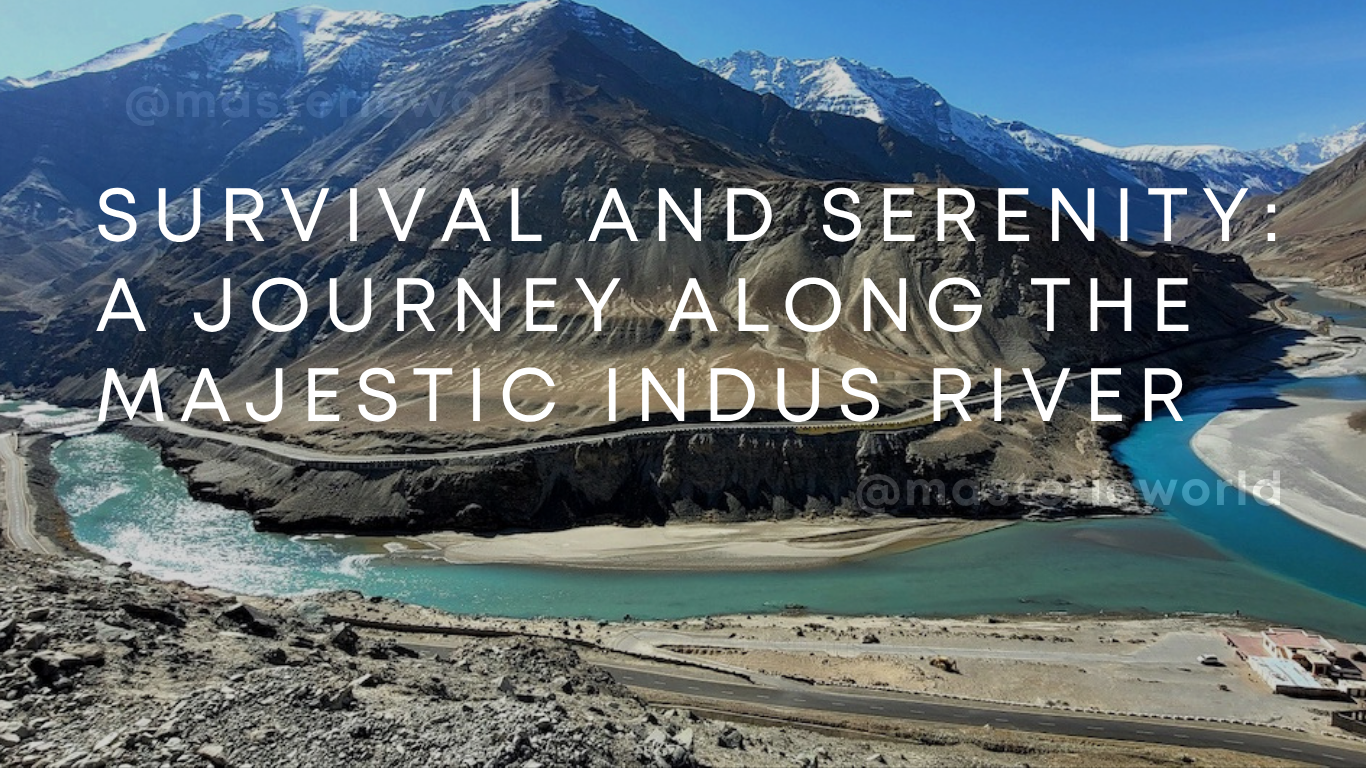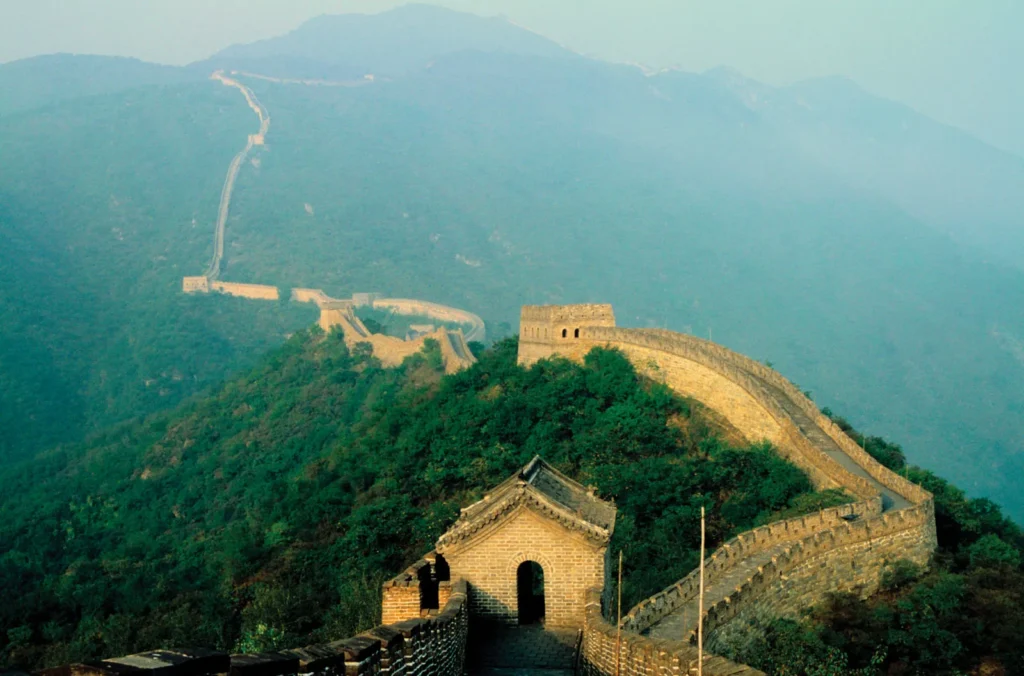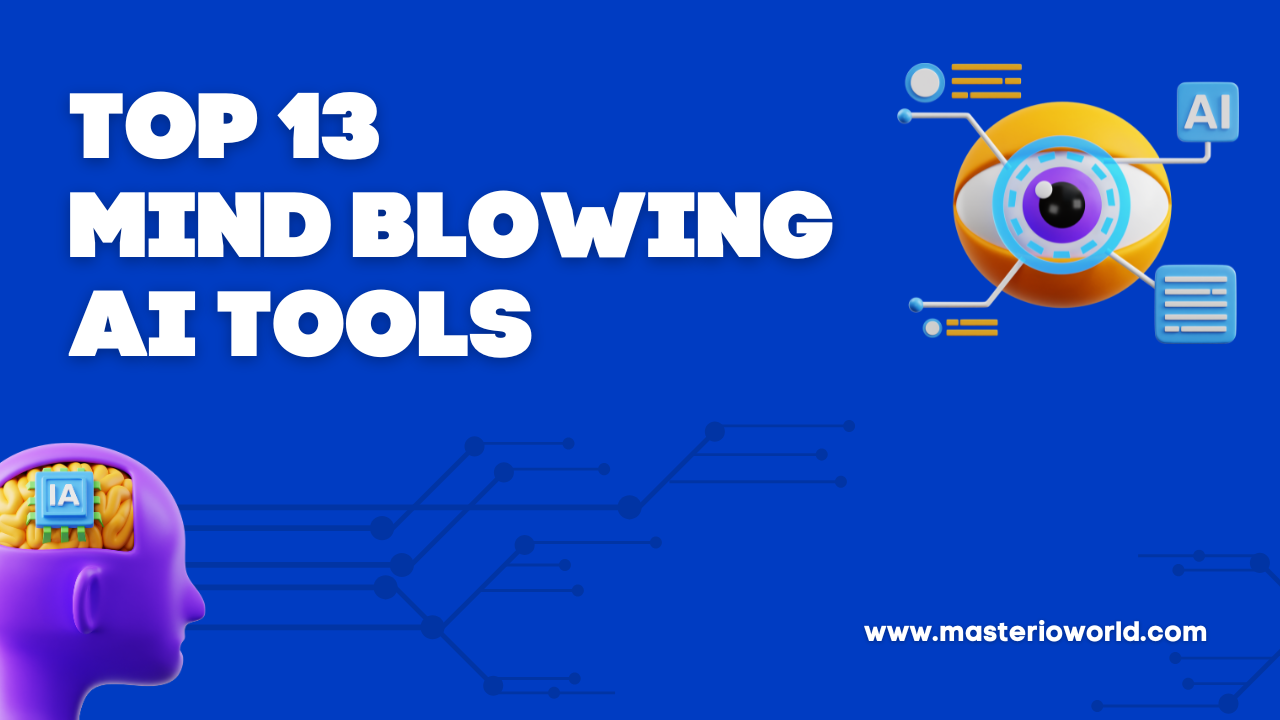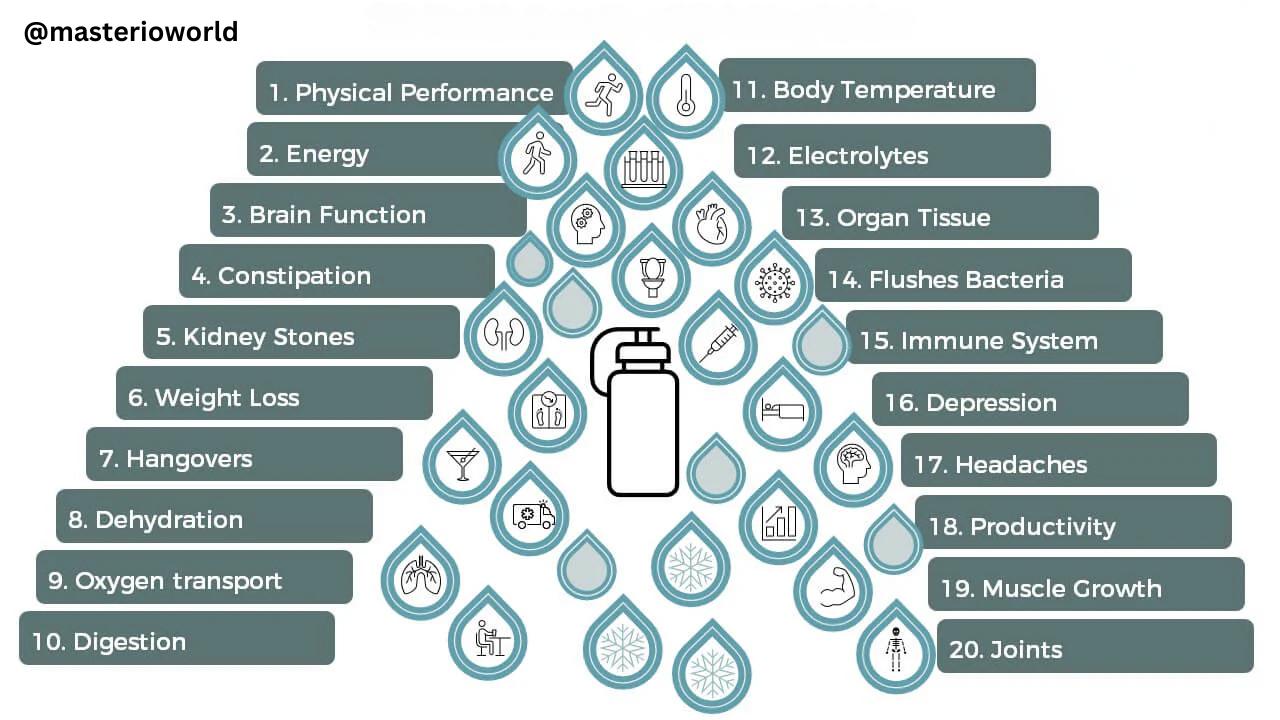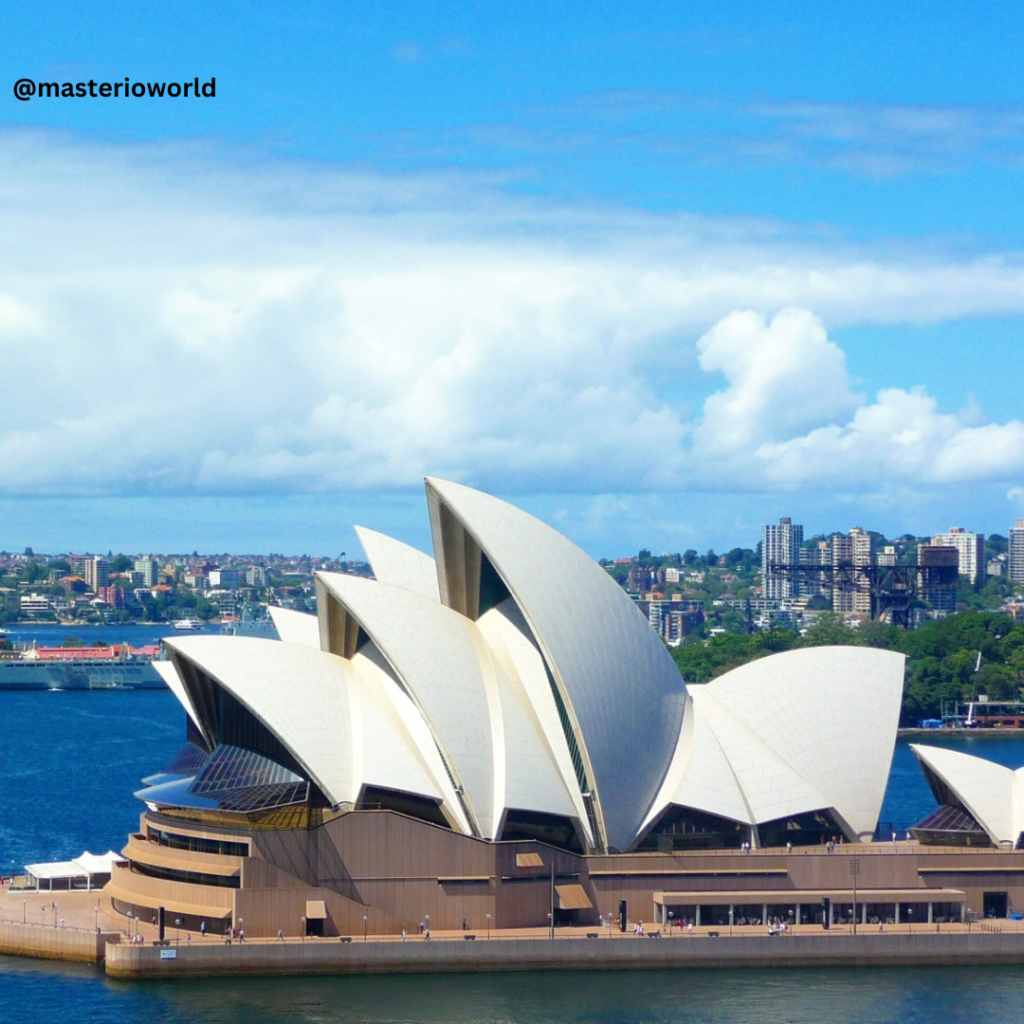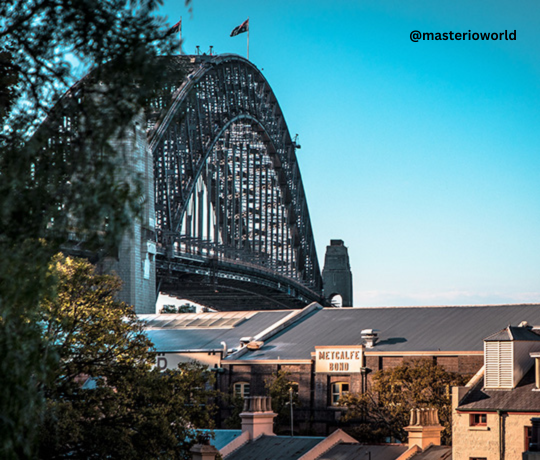There are numerous opportunities for businesses of all sizes around the world due to the advancements in Artificial Intelligence technology. AI is enabling businesses to gain unprecedented insights and enhancing the efficiency of many operational processes. Whether you are a freelancer with a solitary business or managing a team of employees, there are numerous tools available that can help improve your operations. Here are the 12 best AI tools for businesses:
Pictory
Pictory is a user-friendly AI-powered tool that lets you effortlessly create and modify top-quality videos without any prior video editing or design experience. You can get started by providing a script or article as the foundation for your video content. Pictory can transform your blog post into a captivating video suitable for your website or social media, making it an ideal feature for both personal bloggers and businesses looking to enhance their engagement and quality. As it is cloud based it can work on any computer.
Using Pictory, you can also easily edit videos through text, which is particularly useful for editing webinars, podcasts, Zoom recordings, and more. The process is quick and simple, delivering professional results in just a few minutes that help you expand your audience and establish your brand.
Pictory’s other fantastic feature is its ability to create shareable video highlight reels, which is perfect for those seeking to create trailers or share short clips on social media. Additionally, you can automatically caption and summarize videos, offering more flexibility and convenience.
To summarize, Pictory’s main features include:
• Creating videos based on articles or scripts
• Editing videos using text
• Making shareable video highlight reels
• Automatically captioning and summarizing videos
Jasper
Jasper is widely recognized as the top AI writing assistant in the market, thanks to its impressive features and quality. To use Jasper, simply provide it with some seed words, which it will analyze to create phrases, paragraphs, or even documents that match the subject matter and tone of voice. It’s even capable of producing a 1500 word article in less than 15 minutes
Jasper boasts over 50 AI content generation templates, which include blog posts, emails, marketing copy, Facebook and Google ad generators, meta titles and descriptions, press releases, and many more.
Here are some of Jasper’s best features:
– More than 11,000 free fonts and over 2,500 writing style categories
– Supports more than 25 languages
– Intuitive interface
– Long-form writing assistant (1,000+ words)
– Can identify key elements in text, such as pronouns, verbs, and names.
Murf
On our list of the best AI tools for businesses, we highly recommend Murf, a text speech generator that is widely recognized as one of the most impressive and popular AI voice generators in the market. Murf makes it possible for anyone to easily convert text into speech, dictations, and voice-overs, making it a go-to tool for professionals such as product developers, podcasters, educators, and business leaders.
Murf offers a wide range of customization options to help you create the most natural-sounding voices, including a variety of voices and dialects to choose from and an easy-to-use interface. With its comprehensive AI voice-over studio, you can create videos with voiceovers, as well as choose from over 100 AI voices from 15 languages and select preferences such as Speaker, Accents/Voice Styles, and Tone or Purpose.
One of Murf’s top features is the voice changer, enabling you to record without using your own voice as a voiceover. The voice overs offered by Murf can also be customized and allowing you to add pauses and emphasis or change pronunciation to suit your preferences.
Some of the top features of Murf include a large library of more than 100 AI voices across languages, expressive emotional speaking styles, audio and text input support, and customization options through tone, accents, and more
HitPaw Photo Enchancer
A top-performing AI image and upscaler tool that we recommend is HitPaw. This tool is the ultimate solution to enhance image quality, remove blurriness and enlarge images without compromising their quality. Its advanced AI models are perfect for enhancing photo quality in any situation, including revitalizing old images. Its AI face enhancer feature provides a face model to make faces look flawless and even colorize black-and-white images in a single click. The denoise model is powerful enough to remove noise from high-ISO and low lighting images and make cartoon images clearer. For real-life scenes, like landscapes and buildings, the general model works best to enhance image quality and sharpen them. HitPaw is available for both Windows and Mac operating systems and is a one-click solution to improve image quality and resolution, remove blurriness and noise, and upscale images without any loss in quality
Synthesys
Looking for the best AI video generator? Look no further than Synthesys! This leading company is dedicated to developing top-notch algorithms for text-to-voiceover and commercial video use. With Synthesys, you can enhance your video content in just a matter of minutes. The company uses its cutting-edge Synthesys Text-to-Video (TTV) technology to transform your scripts into dynamic media presentations.
Using Synthesys is easy and requires no cameras or film crews. Simply choose an avatar and type your script in one of 140+ available languages, and the tool will produce a high-quality video with lip-syncing AI technology.
Synthesys is an excellent tool for creating explainer videos, e-learning content, social media posts, and product descriptions. The easy-to-use interface makes editing and rendering your videos a breeze. So why wait? Try Synthesys today and take your video content to the next level
Lovo.ai
There’s a platform called Lovo.ai that generates voices that sound like real humans. It’s won awards and is really easy to use. They’ve made tons of different voices for different industries, like education, news, and gaming. People all around the world think they’re really innovative!
Recently, they launched something called Genny. It’s an even newer AI voice generator that can also edit videos. You can choose from over 500 AI voices in tons of languages and emotions. The voices sound super professional and you can use special tools to make them sound just how you want. You can even edit videos at the same time!
Here are some of the features:
– Over 500 AI voices
– Tools to control things like pronunciation, emphasis, and pitch
– Video editing abilities
– Lots of resources like music, sound effects, and photos
It’s really easy to make content in lots of different languages too!
Images.ai
I may be a little partial, as this is the first of many AI tools that will be launched by the unite.ai team. It employs the most recent stable diffusion technology available in open source to provide AI-generated art.
In contrast to rival websites that provide stable diffusion solutions, our website is completely free. As our team grows, we will persistently and continuously enhance our algorithm, add resources, and optimize the machine learning algorithms that are layered on top of this software.
The process is uncomplicated: visit the website, choose from five different image dimensions, enter your search term, and like magic, the website will automatically generate images.
Some of the key features include:
• Simple and user-friendly – Takes less than 10 seconds to get started
• Create memes using your images
• Utilize existing pre-trained recipes
• Choose from a variety of size options
• Advanced settings for power users.
Fireflies
Introducing Fireflies, a meeting assistant that uses Natural Language Processing (NLP) technology to eliminate the need for note-taking during your meetings. With this easy-to-use platform, you can effortlessly record, transcribe, and search through your voice conversations in no time.
You can instantly record meetings from any web-conferencing platform, simply by inviting Fireflies to your meetings.
Collaborating with your team is made easy with Fireflies.
The best part is the search functionality. It enables you to review an hour-long call in less than 5 minutes, searching across action items and other important highlights.
Fireflies offers a range of features, including:
– Instant recording and transcription of calls
– Chrome extension to easily capture meetings and calls from your browser
– User-friendly search allows easy review of calls
– An easy-to-use meeting bot that can be invited to join your meetings or automatically join calls on your calendar
– Transcription of any audio files instantly inside the dashboard
– Native integrations with dialers, Zapier, or the API to process audio and calls
– Elimination of note-taking during meetings.
Speechify
Speechify is a web-based tool that can transform text from various formats into spoken audio that sounds natural. Whether it’s PDFs, emails, documents, or articles, Speechify can convert them into audio that can be listened to instead of read. You can even adjust the reading speed and choose from over 30 different voices that sound natural.
What’s more, the software is smart and can recognize over 15 different languages when processing text. Additionally, it can easily convert scanned printed text into crisp and clear audio that’s easy to understand.Here are some of the top features of Speechify:
- Web-based with Chrome and Safari extensions
- More than 15 languages
- Over 30 voices to select from
- Scan and convert printed text to speech
Feathery
Feathery is a unique platform that allows users to create custom forms without any coding skills. It offers a cutting-edge form builder that is perfect for advanced product-grade use cases. The platform is designed to cater to professionals, product teams, and enterprises who need a flexible and powerful tool to create bespoke form flows such as signups and onboarding processes.
Feathery utilizes advanced rules and actions, open-source Software Development Kits (SDKs), and granular CSS customization options to provide users with the flexibility needed to build professional and tailored forms that can be branded and self-hosted. The forms seamlessly integrate into your digital product or website, offering a user experience that rivals competing options.
One of the standout features of Feathery is its fully flexible 2D visual editor, which allows users to drag and drop their desired layout and content. This flexibility extends to the form’s logic, with support for conditional branching, loops, multiple entry and exit points, and more.
Feathery also offers extensive third-party integrations, providing users with limitless possibilities to enhance their forms and workflows. Overall, Feathery is a powerful and flexible tool that empowers users to create custom forms that suit their specific needs.
Lyro by Tidio
With Tidio, businesses can easily add a chatbot to their website to provide quick and efficient assistance to customers in real-time. This platform also enables businesses to offer personalized perks, like custom discounts based on browsing history, and product recommendations tailored to customer behavior.
Utilizing Lyro, a conversational AI, Tidio provides businesses with the ability to offer personalized assistance. Lyro quickly learns from frequently asked questions (FAQs) and formulates complex answers to efficiently solve customer problems. This AI stays within the bounds of the business’s knowledge base and can be easily updated with new information at any time.
Tidio’s Lyro is easy to implement and does not require extensive training. Customers can interact with Lyro in a playground environment to see how it will respond to their questions and businesses can adjust their FAQs accordingly. Tidio’s AI can be activated in under three minutes and is available to support customers 24/7. Businesses and their customers can try out Tidio’s AI with 50 free AI-driven conversations.
Neuraltext
At Neuraltext, our goal is to provide a comprehensive content process utilizing AI from conception to completion. Our platform offers tools for AI copywriting, SEO content creation, and keyword research. With the AI copywriting tool, you can generate multiple variations of effective copy for your campaigns using over 50 templates, such as Facebook ads, slogans, and blog sections. The SEO content tool allows you to create well-researched content by analyzing the top 20 Google search results for a given keyword. This tool provides suggestions on which keywords to use, what topics to cover, and what questions to answer, saving you time and effort. You can also use the data to optimize your content for SEO as you write. Lastly, our keyword research tool helps you find long-tail keywords with strong commercial intent, giving you an edge in converting potential clients.
Any Word
Any Word” has a profound social influence. It can shape public opinion, mobilize communities, and ignite movements. By carefully selecting and employing this word, individuals and groups can sway emotions, trigger actions, and bring about social change. Its impact on society extends far beyond its literal meaning.
Within the realm of linguistics, “Any Word” has left an undeniable imprint. It has influenced the development of language, catalyzing shifts in vocabulary, grammar, and even pronunciation. Linguists analyze the usage patterns and evolution of “Any Word” to gain insights into the dynamic nature of language itself.
In conclusion, “Any Word” stands as a testament to the power of language and its ability to shape our world. From its origins and cultural significance to its practical applications and impact, this word has captivated minds and hearts across generations. As we continue to navigate the intricate tapestry of words, let us embrace the beauty and influence of “Any Word” in our lives.

